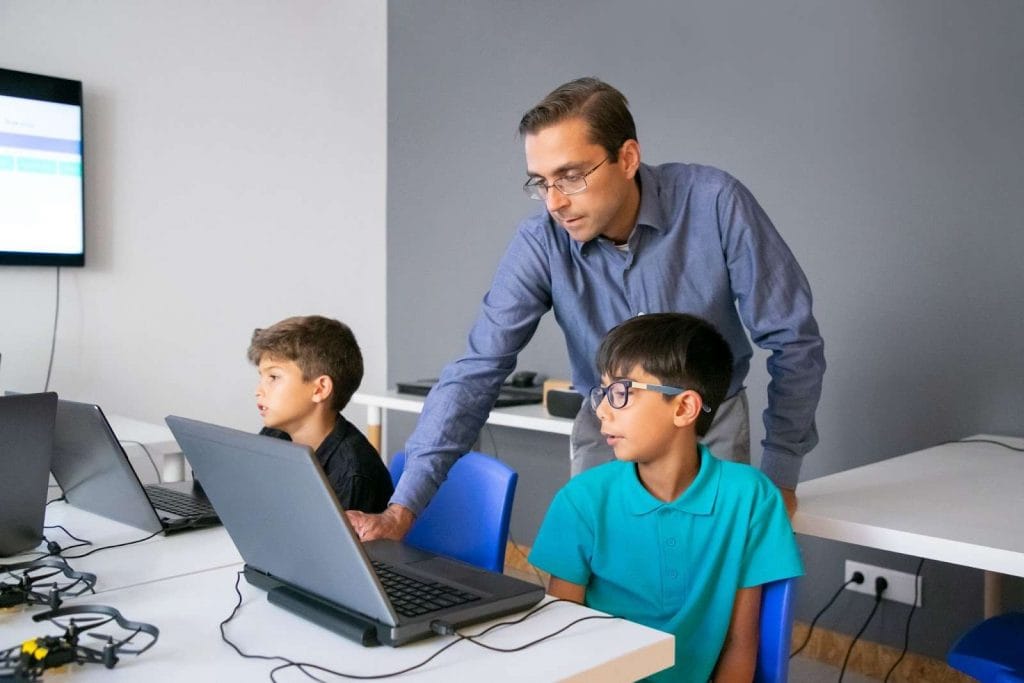In Australia, the integration of assistive technology (AT) into the lives of individuals with disabilities has transformed the landscape of support services. From enhancing independence to improving accessibility, these innovations play a crucial role in enabling people to participate fully in their communities. This article explores the impact of assistive technology in Australia, highlighting key innovations and their contributions to daily living for individuals with disabilities.
Understanding Assistive Technology
Assistive technology refers to any device, software, or equipment that helps individuals with disabilities perform tasks that might otherwise be challenging or impossible. This can range from simple tools like modified utensils to complex systems like communication devices or mobility aids. AT is designed to promote independence, enhance quality of life, and facilitate participation in everyday activities.
The Role of AT in Daily Living
For individuals with disabilities, assistive technology can be life-changing. It enables them to perform daily tasks—such as personal care, communication, education, and employment—more easily and effectively. By removing barriers, AT fosters greater independence and self-confidence, allowing individuals to engage fully in their communities.
Key Innovations in Assistive Technology in Australia
Communication Devices
For individuals with speech impairments, communication devices have been revolutionary. Augmentative and Alternative Communication (AAC) devices, including speech-generating devices and communication apps, enable users to express themselves more easily. Innovations in this field have made these devices more user-friendly, portable, and affordable.
For example, Australian companies have developed AAC apps that can be customised to meet individual needs. These apps often include picture-based systems, text-to-speech features, and voice modulation options, empowering users to communicate effectively in various settings.
Mobility Aids
Mobility aids have seen significant advancements, enhancing the independence of individuals with physical disabilities. Innovations like powered wheelchairs and mobility scooters offer improved functionality, comfort, and accessibility.
In Australia, some companies are developing smart wheelchairs equipped with sensors and navigation systems. These wheelchairs can assist users in navigating their environment, avoiding obstacles, and even connecting to smart home technology, further enhancing independence.
Smart Home Technology
Smart home technology has emerged as a vital area of assistive innovation. Devices like smart speakers, lights, and thermostats can be controlled via voice commands or smartphone applications, allowing individuals with mobility or dexterity challenges to manage their living spaces independently.
For instance, Australian companies are developing home automation systems tailored for individuals with disabilities. These systems can include features such as automated doors, remote-controlled appliances, and security systems, all designed to promote safety and independence.
Adaptive Sports Equipment
In recent years, there has been a surge in the availability of adaptive sports equipment, enabling individuals with disabilities to participate in sports and recreational activities. Innovations range from specially designed wheelchairs for basketball and rugby to adaptive bicycles and water sports gear.
Australian organisations and sports clubs are increasingly recognising the importance of inclusive sports. They provide access to equipment and facilities that cater to individuals with various disabilities, fostering social interaction, physical fitness, and personal achievement.
The Impact of Assistive Technology on Quality of Life
Enhancing Independence
One of the most significant impacts of assistive technology is the increased independence it provides. Individuals with disabilities can perform daily tasks without relying on others for assistance, leading to a greater sense of autonomy. This independence is crucial for mental well-being and self-esteem.
Improving Accessibility
Assistive technology has also improved accessibility in various environments, including homes, workplaces, and public spaces. Innovations such as accessible software, ramps, and modified furniture enable individuals to navigate their surroundings more easily, reducing barriers to participation.
Fostering Social Connections
By facilitating communication and interaction, assistive technology helps individuals with disabilities build and maintain social connections. Whether through social media, video calls, or in-person interactions supported by technology, these connections are vital for mental health and well-being.
The Future of Assistive Technology in Australia
Ongoing Research and Development
The field of assistive technology is continually evolving, with ongoing research and development leading to new innovations. Universities and research institutions in Australia are actively exploring ways to enhance AT solutions, focusing on user-centred design and accessibility.
Policy and Funding Support
Government policies play a crucial role in expanding access to assistive technology. Initiatives such as the National Disability Insurance Scheme (NDIS) provide funding for assistive devices, ensuring that individuals with disabilities can access the tools they need to enhance their daily living.
Community Awareness and Education
Raising awareness about the benefits of assistive technology is essential for promoting its use. Community education initiatives can help individuals, families, and healthcare professionals understand the available options and how to integrate AT into daily life effectively.
Conclusion
Assistive technology has a profound impact on the lives of individuals with disabilities in Australia. By enhancing independence, improving accessibility, and fostering social connections, these innovations are transforming daily living experiences. As research and development continue to advance, and with ongoing support from policies and community initiatives, the future of assistive technology holds great promise for enhancing the quality of life for individuals with disabilities. Embracing these innovations is key to creating a more inclusive and equitable society for all Australians.

